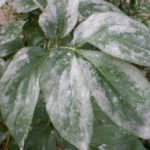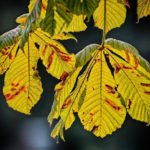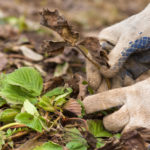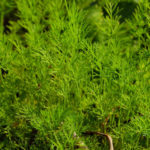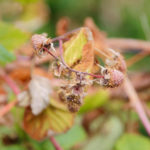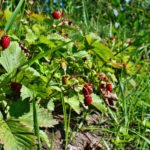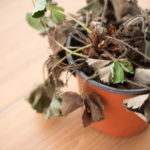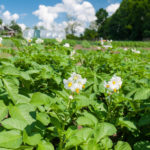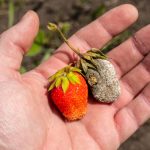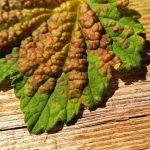Spring processing
Cryptomyzus ribis, as well as Aphis grossulariae, reproduces at an amazing rate, and the first batch of insects can celebrate the housewarming on currant in early spring, during the budding period. This phase of development is the most favorable time for spraying currants with insecticidal solutions that can prevent the mass spread of the pest.
Since in the spring sowing season, the cottager has enough trouble in the garden, it makes sense to postpone the tedious folk methods for the summer and take up chemical preparations.
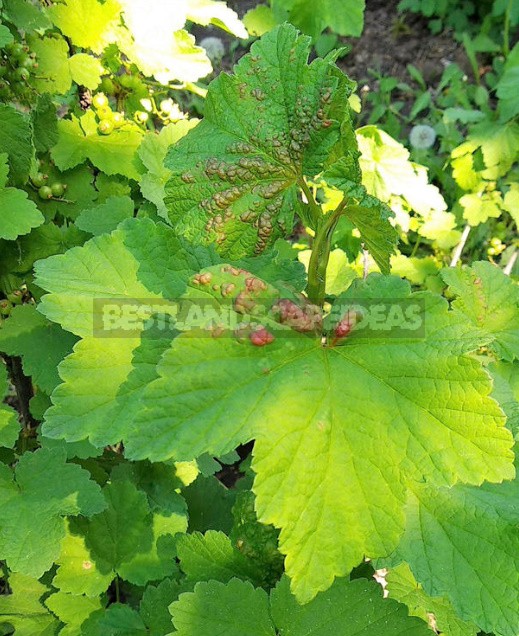
The result is achieved thanks to thiamethoxam — a powerful insecticide that can neutralize not only any type of aphid, but also many other sucking and gnawing pests. The double guarantee of the Swiss manufacturer adds to the advantages of the drug.
There are no difficulties in using it. Add the contents of 1 ampoule (1.2 ml of concentrate) to 1 liter of water, mix thoroughly and add another 5 liters of water. Fill the sprayer with the resulting solution and treat the entire aboveground part of the currant, paying special attention to the back of the leaf plates (consumption – up to 1.5 liters per Bush). Perform the procedure in clear, windless weather in the morning or evening. If there is no rain in the next 4-6 hours, the treatment can be considered effective.
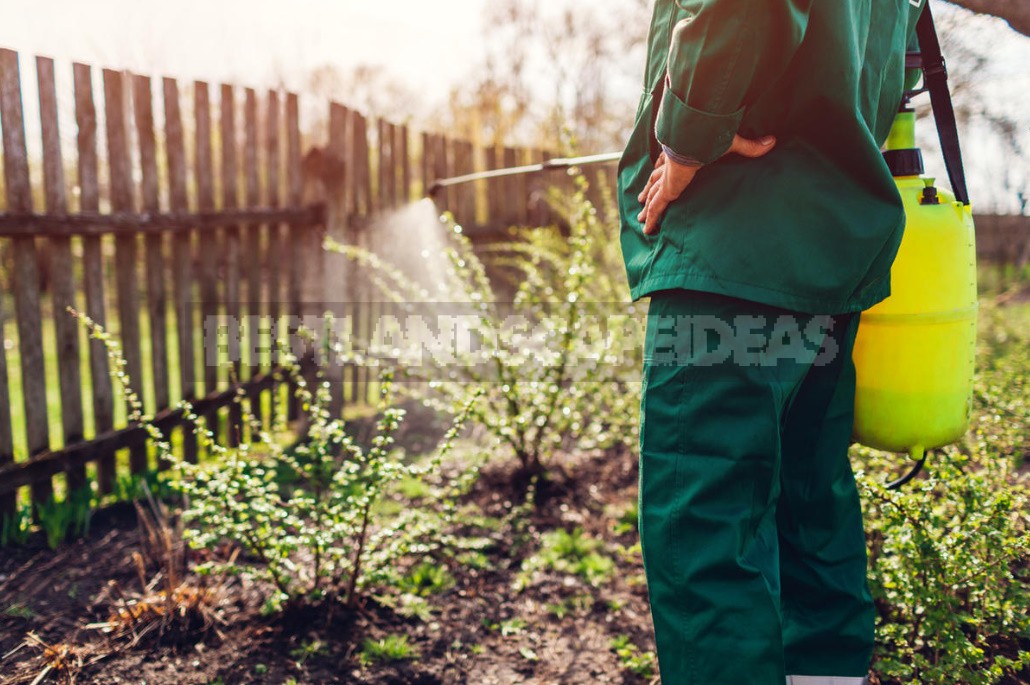
Summer processing
The drug will continue to protect the currant from aphids for 3 weeks, but when its effect begins to weaken, the berry is already entering the flowering season or even manages to form an ovary. During this period, from chemicals it is better to refuse and to adopt the people’s money.
Ordinary household soap has proven itself in the fight against aphids. Grate on a large grater 2 bars weighing 150 g (it is better to take a product of 72% concentration) and carefully dilute the chips in 2 liters of water. Then add another 8 liters of clean water to the mixture, mix again and abundantly moisten the leaves and currant shoots with the resulting solution.
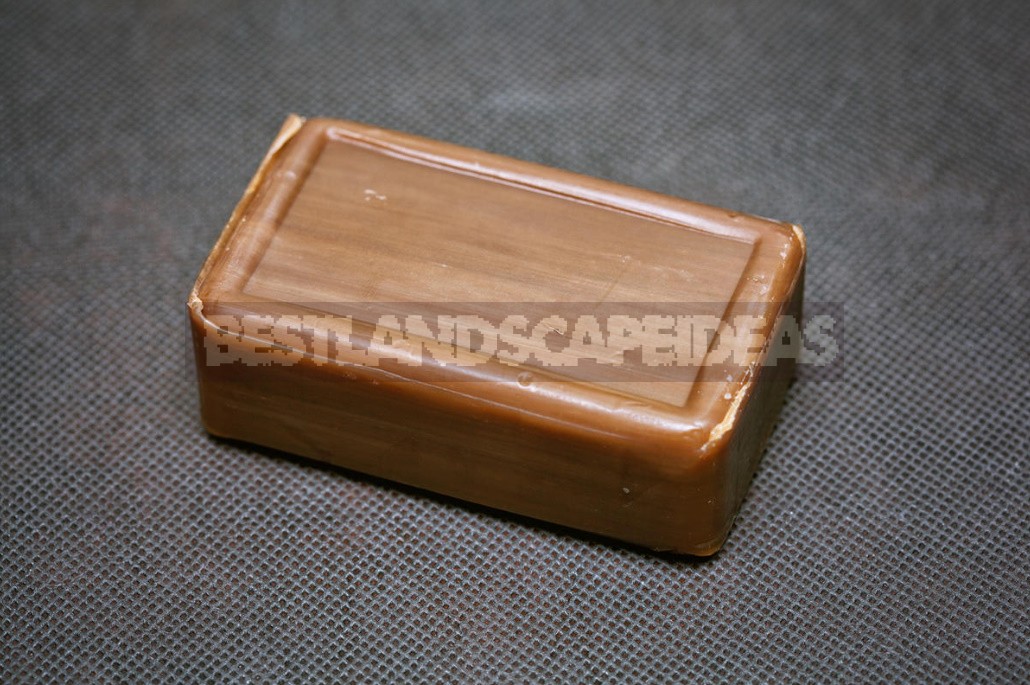
If the farm has wood ash, be sure to use this natural product: it is a thunderstorm of aphids, and fertilizing. After rain or irrigation from a watering can heated in the sun with water, sprinkle the affected aphid shoots with sifted wood ash, placing special emphasis on the reverse side of the leaves.
Alternatively, you can trim the tops of currants that have a colony of Aphis grossulariae or Cryptomyzus ribis. However, with this method, one is treated, the other is crippled: Ribes nigrum after cutting will redirect forces to the formation of side shoots, which will affect the ripening crop. In the red and white crops, the yield will also decrease: on the tops of the branches of these crops, there are ringlets responsible for fruiting.
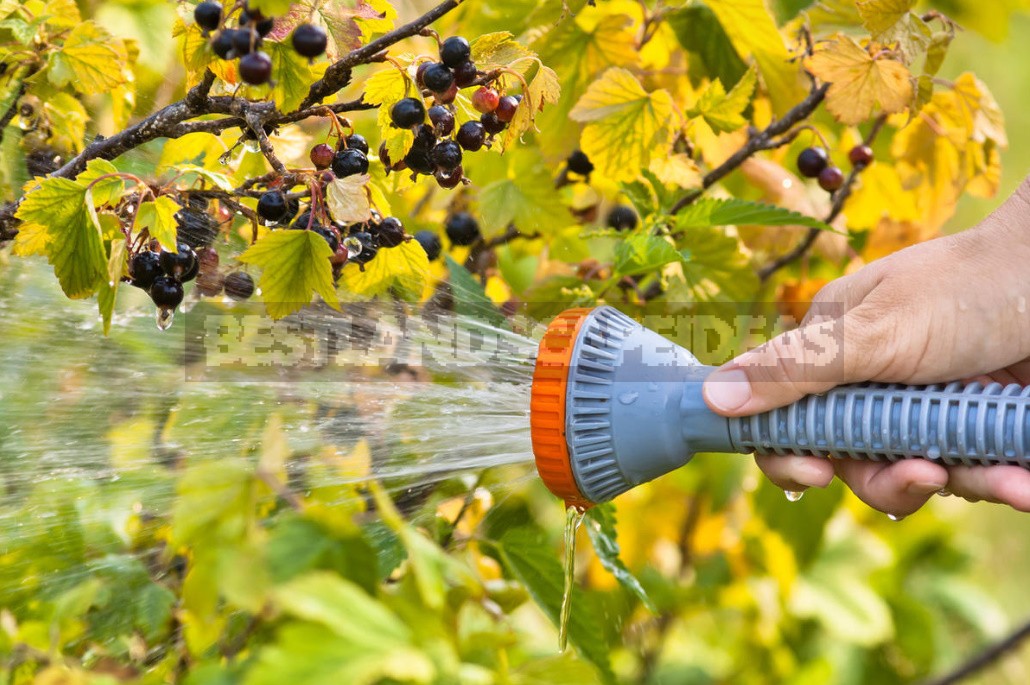
Some opponents of chemistry from year to year struggle with aphids on currant “safe” method: periodically wash off the bugs with a stream of water from a hose. The event is quite tedious and, contrary to popular opinion, very dangerous, because ice water from the well at times increases the risk of berry damage by fungal diseases. With this approach, problems with currants can become twice as much.
Post-fruiting treatment
Aphids attack currants throughout the season: no sooner have they finished with one colony, than after a while a new army of pests is already operating on the bushes… This persistence of insects is explained by the presence of wingless and winged individuals in the colony. The first after spring mating continue to reproduce more and more larvae at intervals of a couple of weeks (during the season, one female makes 10-20 ovipositors and each time gives birth to about 150 pranksters). The second, having acquired wings in mid-summer, continue to reproduce, flying from Bush to Bush. The ants also make their destructive contribution, constantly dragging their “cash cows” from place to place, searching for the most comfortable living conditions for them.
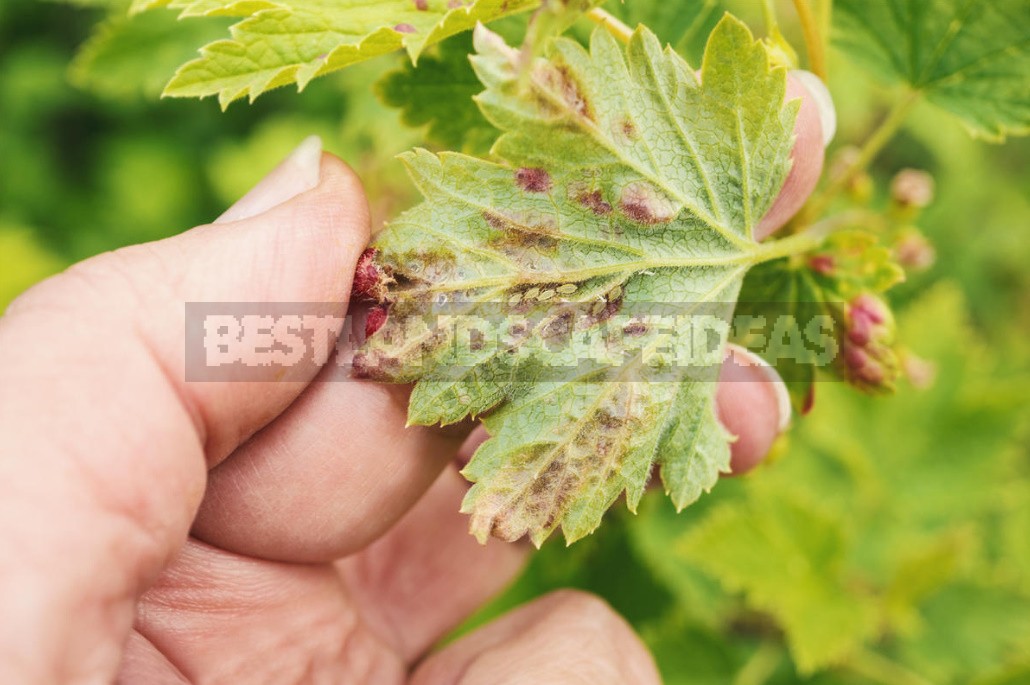
Therefore, it is selfish on the part of the gardener to leave the currant to its fate after the harvest: during this period, it needs no less support. To repel the invasion of another colony of aphids, after the end of fruiting shrubs, repeat the treatment or use the above folk remedies (alternate them with each other every week).
To diversify the range of “ammunition” will help blooming during this period sagebrush and Tanacetum. Both plants, thanks to specific essential oils, make aphids move away from the occupied berry fields. To do this, pick about a kilogram of flowering shoots of this or that grass (or better — half a kilo each), chop, pour 10 liters of warm water and leave for 2 days. Add a little soap to the strained infusion (for sticking) and spray the affected plants. Freshly plucked twigs of wormwood and Tanacetum are also good to lay out at the foot of bushes to ward off irrepressible ants.

If the wood ash is already running out, replace it with tobacco dust, this odorous powder will have no less effect on aphids. The principle is the same — powdering on wet leaves. An alternative option is tobacco infusion, which is richly moistened with aphid-affected currant shoots. Pour 2 cups of tobacco dust 3-4 liters of hot water and leave for 2 days. Strain the infusion, bring the volume to 10 liters, add a little soap and start processing.
Do not despair, noticing the aphids operating on the currant. Yes, this pest is characterized by perseverance and cunning, but you can also find a solution for it if you want. The tools described in the article and correct agricultural techniques will help, but your love for plants will make the biggest contribution to the success of the event.
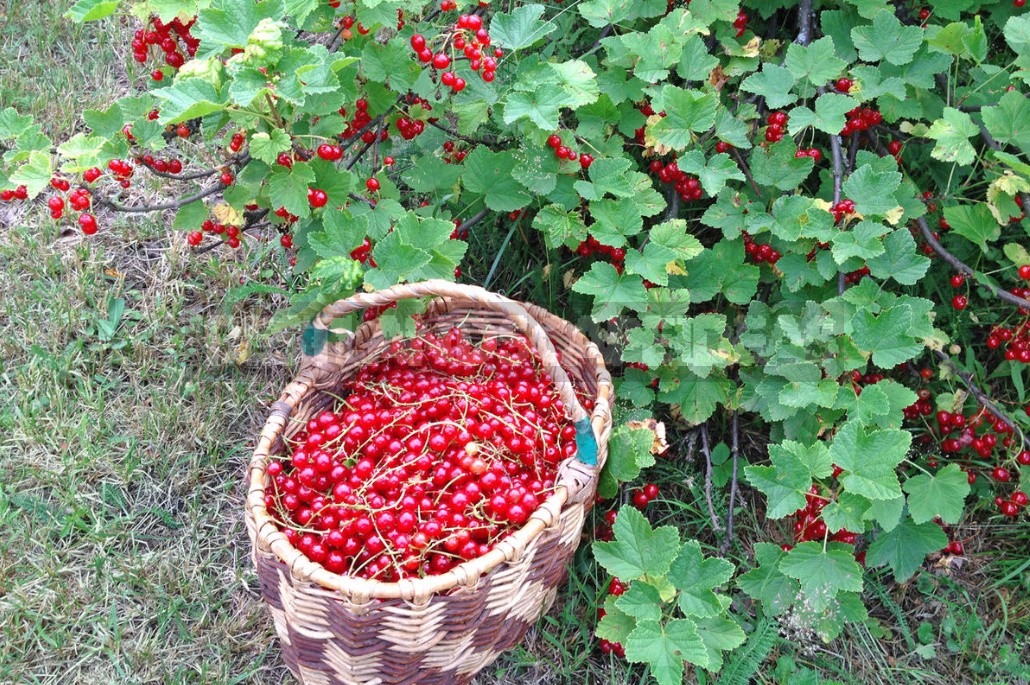
Dear summer residents, you are probably familiar with Aphis grossulariae and Cryptomyzus ribis. Share in the comments your ways of dealing with these nasty bugs.




